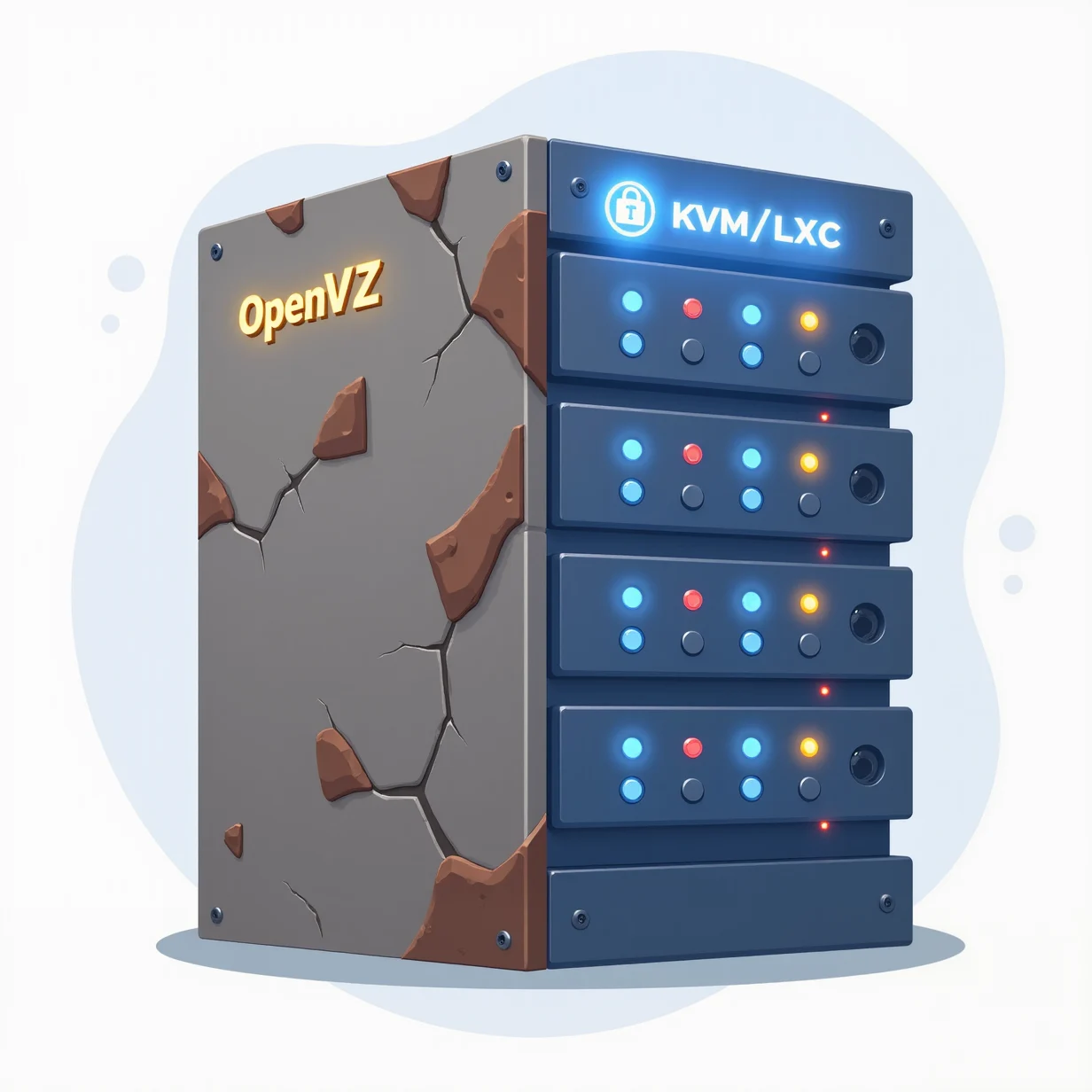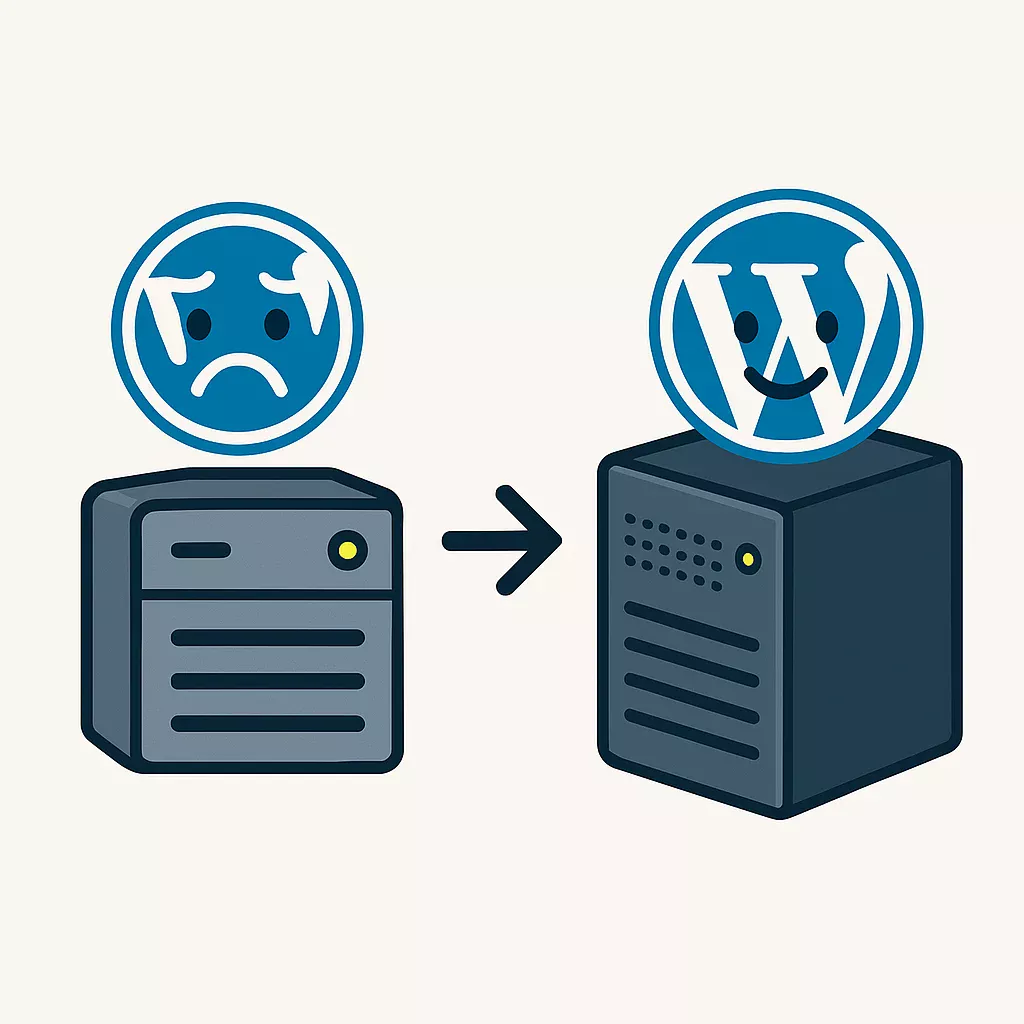
What Are the Actual Technical Differences Between an LXC and a KVM VPS?
Virtualization has become the backbone of modern IT infrastructure, enabling organizations to run multiple isolated environments on a single physical server. Two popular virtualization technologies stand out in the VPS (Virtual Private Server) world: LXC (Linux Containers) and KVM (Kernel-based Virtual Machine). While both offer solutions for virtualization, they are fundamentally different in their architecture, use cases, and performance.
In this in-depth article, we’ll dive into the technical differences between LXC and KVM, breaking down their capabilities, strengths, and ideal scenarios. Whether you’re a system administrator, developer, or entrepreneur exploring VPS hosting, this guide will clarify which option best suits your needs.
Table of Contents
- Understanding Virtualization
- What Is LXC?
- What Is KVM?
- Technical Differences Between LXC and KVM
- Virtualization Layer
- Resource Management
- Performance
- Security
- Flexibility
- Use Cases for LXC vs. KVM
- Advantages and Disadvantages
- Conclusion: Choosing the Right VPS for Your Needs
Understanding Virtualization
Virtualization is the process of creating virtual versions of physical resources like servers, networks, or storage devices. It allows multiple workloads to run on a single physical machine by abstracting the underlying hardware.
There are two main types of virtualization relevant to this article:
- Container-based virtualization (e.g., LXC)
- Full hardware virtualization (e.g., KVM)
The choice between LXC and KVM boils down to how much isolation, flexibility, and control you need over your virtual environment.
What Is LXC?
Linux Containers (LXC) represent a lightweight form of virtualization that operates at the OS level. Instead of emulating an entire machine, LXC creates isolated environments (containers) that share the host kernel.
Key Features of LXC:
- OS-Level Virtualization: LXC uses the host's Linux kernel to isolate processes and resources like CPU, memory, and storage.
- Lightweight: Containers share the kernel, making them faster to create and more resource-efficient.
- Portability: Containers can be packaged and moved across different systems without the overhead of a full OS.
LXC is often seen as a precursor to modern containerization platforms like Docker, but it focuses more on system-level virtualization, making it suitable for running full-fledged Linux environments.
What Is KVM?
Kernel-based Virtual Machine (KVM) is a type of hypervisor built into the Linux kernel. It enables full hardware virtualization, allowing you to run multiple virtual machines (VMs), each with its own kernel and operating system.
Key Features of KVM:
- Full Virtualization: Each VM emulates an entire hardware stack, enabling you to run any OS.
- Hardware Isolation: VMs are completely isolated from the host and from each other.
- Flexibility: KVM supports a wide range of guest operating systems, including Windows, Linux, and BSD.
KVM is the foundation for many enterprise-grade virtualization solutions, known for its robustness and extensive feature set.
Technical Differences Between LXC and KVM
Here’s a detailed breakdown of the key technical differences between LXC and KVM:
1. Virtualization Layer
- LXC: Operates at the OS level, leveraging cgroups and namespaces to create isolated environments. Containers share the same kernel as the host.
- KVM: Operates at the hardware level, using a hypervisor to emulate virtual hardware. Each VM has its own kernel and OS.
2. Resource Management
- LXC: Containers are lightweight and share host resources more efficiently. Resource allocation is dynamic and can be adjusted in real time.
- KVM: VMs require dedicated resources (CPU, RAM, disk), which are fixed unless manually reconfigured.
3. Performance
- LXC: Offers near-native performance due to minimal overhead. It’s ideal for running Linux-based workloads that don't require a separate kernel.
- KVM: Has higher overhead due to hardware emulation but excels in environments requiring complete OS-level isolation.
4. Security
- LXC: Containers share the host kernel, which can pose security risks if a vulnerability in the kernel is exploited. Enhanced security tools like SELinux and AppArmor can mitigate risks.
- KVM: VMs are fully isolated, offering stronger security boundaries. Even if a guest OS is compromised, the host and other VMs remain unaffected.
5. Flexibility
- LXC: Limited to Linux-based environments. It’s an excellent choice for running microservices or lightweight Linux instances.
- KVM: Supports virtually any operating system, making it more versatile for diverse workloads.
Use Cases for LXC vs. KVM
When to Choose LXC:
- Running multiple Linux-based applications or services.
- Hosting microservices or containers in a DevOps pipeline.
- Scenarios where lightweight and fast deployment is critical.
When to Choose KVM:
- Running different operating systems on the same host.
- Hosting production environments requiring strict isolation.
- Virtualizing legacy applications that depend on specific hardware.
Advantages and Disadvantages
Advantages of LXC:
- Lightweight with minimal overhead.
- Fast deployment and start-up times.
- Ideal for Linux-native workloads.
Disadvantages of LXC:
- Limited to Linux operating systems.
- Security relies heavily on the shared kernel.
Advantages of KVM:
- Full hardware and OS isolation.
- Supports diverse operating systems.
- Enterprise-grade security.
Disadvantages of KVM:
- Higher resource consumption.
- Slower deployment compared to containers.
Conclusion: Choosing the Right VPS for Your Needs
The choice between LXC and KVM boils down to your specific requirements:
- Choose LXC if you prioritize lightweight, efficient resource usage and plan to run Linux-based applications in a DevOps or containerized workflow.
- Opt for KVM if you need complete OS isolation, support for multiple operating systems, and a secure production environment.
Understanding these technical differences empowers you to select the right VPS solution for your infrastructure, ensuring optimal performance, security, and scalability.









